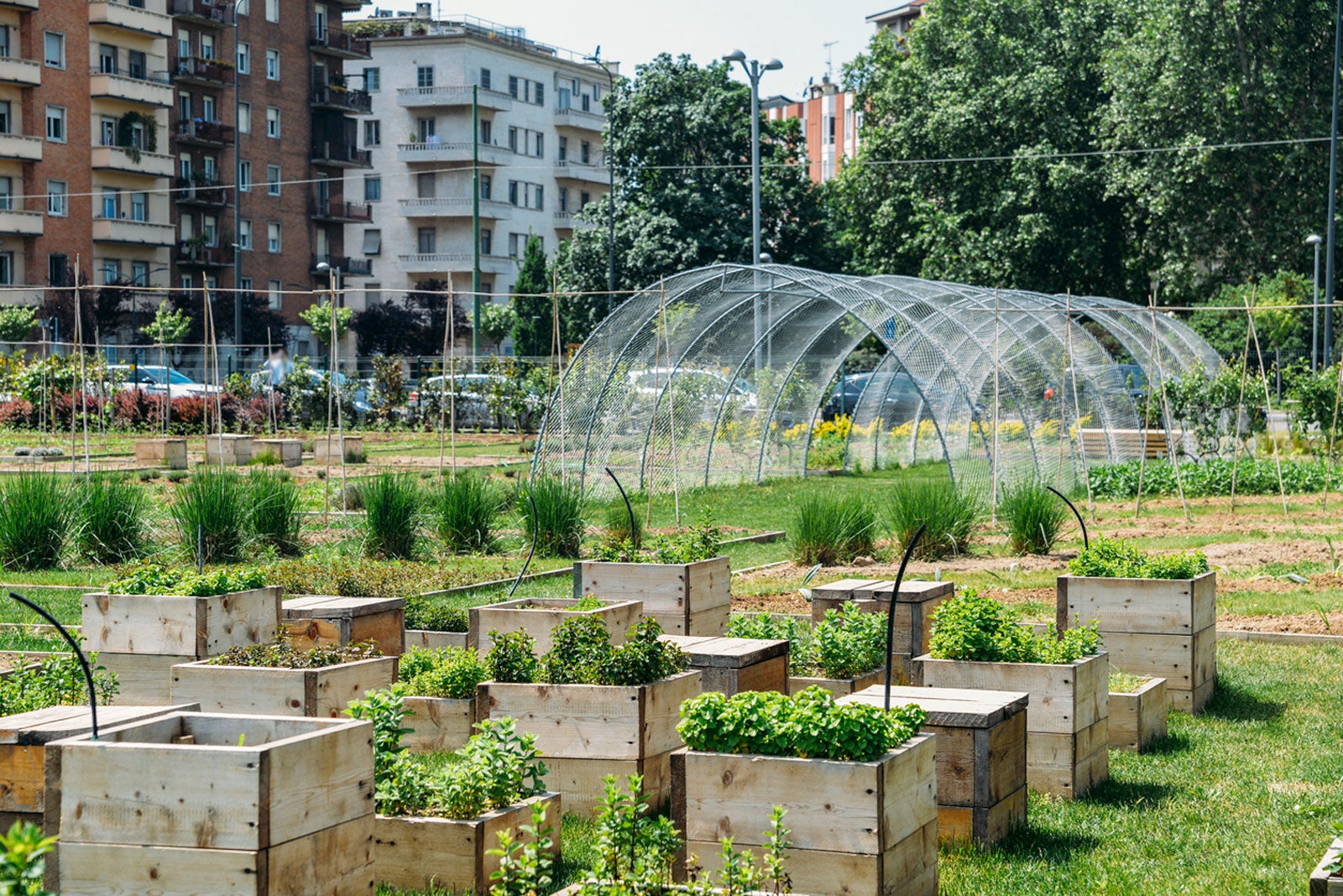Getting The City Blooming To Work
Getting The City Blooming To Work
Blog Article
Top Guidelines Of City Blooming
Table of ContentsLittle Known Questions About City Blooming.The Greatest Guide To City BloomingFacts About City Blooming UncoveredThe Buzz on City BloomingFascination About City Blooming
Intrigued in growing food for sale in the City of Chicago? Below is a checklist of often asked inquiries pertaining to the rules and regulations that growers must take into consideration when preparing a city farming project.
The zoning amendment does not change any various other codes managing composting, structure authorizations, acquiring or leasing City possessed property, service licenses or environmental contamination. There are existing codes that control these issues and they stay in full impact and may apply to your task. Area gardens are usually owned or managed by public entities, public companies or community-based organizations and kept by volunteers.
Urban farms grow food that is intended to be sold, either on a nonprofit or for-profit basis. Due to their commercial purpose, city ranches require a service certificate.
Not known Details About City Blooming
The quantity of compost product can not surpass 25 cubic yards at any offered time according to the requirements in 7-28-715 of the City's Municipal Code. Because the dirt at a lot of new yard websites needs changing, compost, soil, wood chips, or various other materials can be acquired to build or enhance the growing space.

If a structure permit is required after that the hoophouse will be thought about an accessory building. You can figure out more regarding the structure authorization demands by speaking to the Department of Buildings. The 25,000-square-foot size limitation is intended to stop a single area garden from controling a provided block or taking away from the block's existing domestic or industrial personality.
The limit does not apply to yards situated in Public Open Area (POS) districts. Can there be more than one neighborhood garden that is 25,000 square feet on a single block? Fence is not required, nevertheless, gardens that have big vehicle parking locations might be needed to mount fencing or various other landscape design features.
Getting My City Blooming To Work
B1 & B2 districts require that all industrial use activities be carried out inside your home. Is fencing required for city farms? Fences may be required, along with landscaping and testing, for particular car park areas and exterior work or storage space areas depending on location and the specific task taking location.
Urban farms call for building licenses and zoning approvals prior to construction (sustainability). Other kinds of city review may be needed depending on particular frameworks, tasks, dimension, landscape design, licensing, public heath and stormwater management problems.
Yes. The kind of certificate is figured out by what is taking place at the site. The Department of Organization Affairs and Customer Protection can assist identify the details kind of service permit that's required. Yes. Off street auto parking is required for the majority of business tasks in Chicago. The required number of car park areas is based upon the number of staff members dealing with site and not the square footage of the growing room.
The Ultimate Guide To City Blooming

A city farm can offer garden compost product generated on website, however, the operation needs to abide with the policies in 7-28-715 of the Chicago Municipal Code. Aquaponic systems are enabled inside your home urban gardening on city ranches in many zoning areas.
Up to 5 hives or swarms of honey may be kept as an accessory use. Nonetheless, beekeepers have to sign up with the Illinois Division of Farming. For more details about the proposed zoning change you might call the Division of Housing and Economic Growth, Bureau of Preparation and Zoning at 312.744.8563.
, which takes location in rural areas at the edge of suburbs.
All about City Blooming
, who seek to create social networks founded on a shared ethos of nature and neighborhood holism. These networks can create by method of official institutional assistance, becoming integrated into neighborhood community preparation as a "transition community" movement for sustainable urban development.
In either case, the a lot more direct accessibility to fresh veggie, fruit, and meat products that might be become aware through city farming can boost food safety and food safety while decreasing food miles, bring about lower greenhouse gas exhausts, therefore adding to environment adjustment reduction. Several of the very first proof of city agriculture comes from Mesopotamia.
Report this page